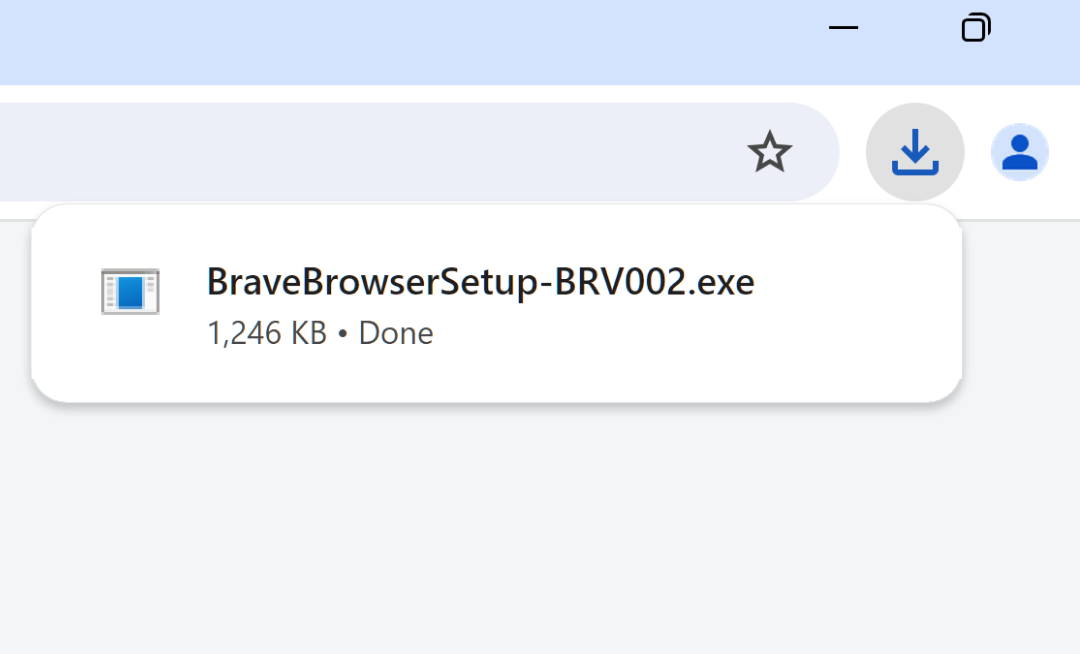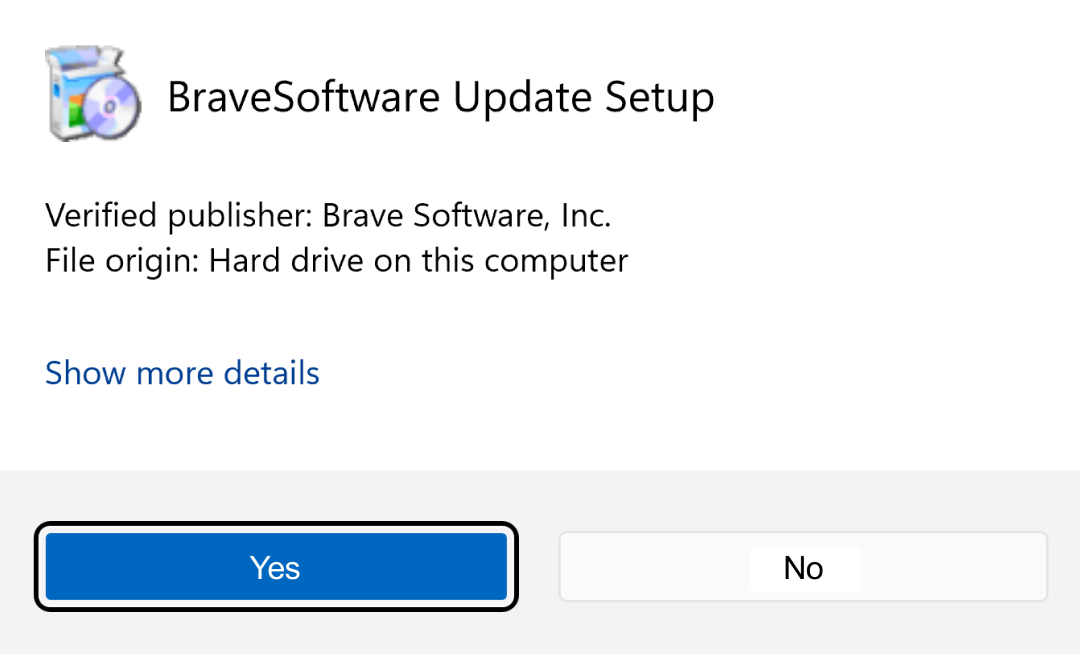In the real world, you can shut the door on an unwanted sales pitch. Or change the channel. But it’s not so easy when you’re browsing the Web. Pop-ups clog your desktop; some websites are so congested with ads they take forever to load, and they’re a pain to read. On the Web, there’s no escaping annoying ads.
But online ads aren’t just an annoyance—they also put your privacy at risk. Websites use trackers to record what you view, what ads you click and, of course, what you buy. It’s a vicious cycle of data theft, and the whole system relies on surveillance.
Thankfully, you have options. More and more people are turning to ad blockers to make the Web cleaner, faster, and less intrusive. In this article, we’ll cover how ad blockers work, what benefits they offer, and the best options available (including Brave).
For a sneak preview, here’s how Brave compares to other ad blockers:
|
Brave |
AdAway |
AdBlock Plus |
AdGuard |
uBlock Origin |
| Supported on Android & iOS |
✓ |
- |
- |
- |
- |
| CNAME uncloaking |
✓ |
- |
- |
- |
✓ |
| Unaffected by Manifest v.2 deprecation |
✓ |
✓ |
- |
- |
- |
| Free to download & use |
✓ |
✓ |
✓ |
- |
✓ |
| No “pay to play” whitelist of acceptable ads |
✓ |
✓ |
- |
✓ |
✓ |
| Supports AdBlock Plus rule syntax |
✓ |
- |
✓ |
✓ |
✓ |
| Supports SugarCoat to ensure pages don’t break |
✓ |
- |
- |
- |
- |
| Allows creation of custom filter lists, or subscribing to others |
✓ |
✓ |
✓ |
✓ |
✓ |
How do ad blockers work?
Most ad blockers start with a list. When you tell your browser to load a website, the ad blocker will look at the various resources to load on the site, compare them to a list of known ads, and block accordingly. This is called HTTP request blocking, because it blocks certain page elements from loading.
 How ad blockers work
How ad blockers work
Ad blockers also follow a list of rules to determine what is—and isn’t—an ad. Ads that clear these rules, and generally stay unobtrusive, might be allowed to get through. For example, the popular ad-blocking extension Adblock Plus follows a list of restrictions that includes (but is not limited to): animated ads, video ads with autoplay, and how much space an ad can occupy on a page.
After checking against lists and rules, most ad blockers use an additional method—called element hiding—to prevent ads from appearing on your screen. Element hiding: the fallback option of hiding ads that couldn’t be prevented from loading via HTTP request blocking.
The pros and cons of the most popular ad blockers
Now that you know how ad blockers work, let’s look at the pros and cons of some of the best ad blockers.
uBlock Origin
This free, open-source ad-blocking extension offers a few unique features. Unlike some other ad blockers, with uBlock Origin, there are no “good” ads. Instead, uBlock blocks everything, giving fewer opportunities for trackers to follow your activity. Also, the fact that uBlock is open-source (meaning anyone can view and contribute to its source code) means it has access to many more block lists, and these lists can be added or removed as needed. Of course, blocking everything can result in other problems. For example, some webpage elements may not display correctly.
Pros:
- Completely open-source
- Cross-browser support
- Strong privacy features
- Add or remove lists as needed
Cons:
- More elements may not display correctly than with other ad blockers
- You have to research and install the extension; it’s not browser-native
Adblock Plus
Adblock Plus is a Google Chrome extension, which allows the user to set how strictly Adblock Plus blocks ads. However, a big concern with AdBlock Plus is that it uses a default list of “acceptable” ads—these are pay-to-play ads sponsored by AdBlock Plus. It also leaves all tracking protections off by default (via their EasyPrivacy list), meaning “acceptable” ads will continue to appear for—and target—most users.
Pros:
- Proven effectiveness and popularity
- Well established
Cons:
- Built-in exception list for “acceptable” ads
- Leaves tracking protection off by default
- Can be resource-heavy and slow down page performance
AdGuard
AdGuard is a popular alternative to Adblock Plus. The application blocks ads before they load to your browser, speeding up your online experience. Like Adblock Plus, AdGuard provides options for security, privacy, and targeting filter lists.
Pros:
- Less resource-heavy than other ad blockers
- Supports a complete suite of extras, including AdGuard DNS and AdGuard Home (for protecting servers at home)
Cons:
- Limited customer support
- Advanced features require upgrading to a paid version
AdAway
AdAway is free to use, and takes an unusual approach to ad blocking: Instead of blocking ads, AdAway intercepts the ad before it loads, and redirects it to a nonexistent location. However, this has at least one major drawback: AdAway detects—and redirects—ads from other domains, but the ads will get through if they’re hosted directly on the page you’re viewing. In other words, AdAway effectively blocks third-party ads, but still allows some first-party ads.
Extension-based ad blockers and their impact on Internet privacy
While we’ve mostly discussed ad blockers for Chrome and Android devices, there’s usually some kind of native (i.e. built-in) ad blocker on iOS devices, and most other Web browsers. However, not all built-in solutions will reach your desired level of protection. As a fallback, some users may opt to install a third-party extension.
But it’s worth noting that extensions downloaded from app stores have their own potential risks. They’re often built by third-parties (i.e. not by the company behind the browser), and can introduce new security issues. They increase your online fingerprint, making you more identifiable as you visit websites. And they can increase the load on your Web browser, leading to a slower browsing experience overall.
Because of these pitfalls, the ideal solution is a browser that blocks ads automatically, enabling truly private browsing without the need for a risky extension.
Brave: browser-native ad blocking without extensions
Brave comes with simple, built-in ad blocking, thanks to its Shields feature (viewable right in the address bar). Brave also blocks third-party trackers, again without reliance on risky extensions. And Brave’s open-source lists allow you to easily customize what’s blocked and what’s not. Brave offers the best blend of both native ad blocking and speed and performance on page load.
But Brave takes things a step further. While everyone agrees that blocking annoying pop-ups, flashing gifs, and autoplay videos is a good thing, there is an underlying problem—the entire Internet economy relies on those ads. While Brave believes no one is entitled to your data, we also know websites need revenue to make great content. That’s why Brave offers the Brave Rewards feature, which allows users to opt-in to see privacy-preserving, first-party ads from the Brave Ads network. If they do, they’ll earn a crypto token (the Basic Attention Token, or BAT) which they can turn into cash gift cards, swap for other crypto or—here’s the kicker—directly tip the websites they love. (What happens if users don’t opt in? Nothing. The Brave browser will always be free, and block ads by default.)
By replacing the old advertising and revenue model, Brave gives both users and content creators the best of both worlds: Unparalleled privacy, speed, and a way to support websites. Download Brave to participate in the new Internet economy, or to just enjoy faster, more private browsing.

 How ad blockers work
How ad blockers work




